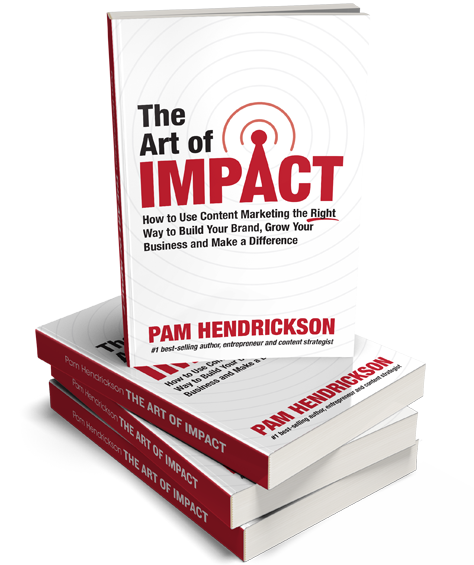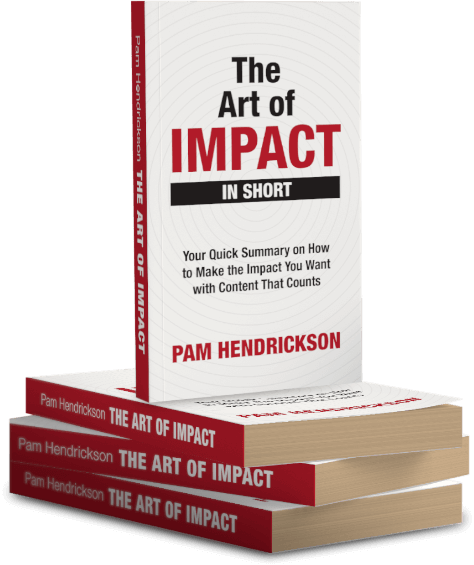Recently, I was talking to friend of mine who I highly respect in the Internet Marketing community. We were talking about the importance of both efficiency and effectiveness in running a business, which led this person to ask me how I came to work with Tony Robbins and his company for what has now been 20 years.
After thinking about it for a few minutes, I realized what it was…
A few years into my career there, I was asked if I wanted to take over and run his content development department.
Back then, I was a young whippersnapper with lots of ambition, but little experience managing anything or anyone.
All I knew was that the management of his content team seemed to be a bit of a revolving door at the time. Not wanting to repeat the mistakes of my predecessors (and not really knowing what I was doing), I asked myself the question, “What did each of them have in common that might have caused them to not last?”
The best answer I could come up with is that each of them came in with a high degree of certainty that the way to make things work better, more efficiently and to get the outcome was to show Tony that he had to change how he did things. Meaning that Tony’s creative process was creating a lot of stress for the team. The reason for this is that he would engage heavily in the creative right before something was due – the day before a big event, an hour before a coaching call, or a couple of days before a big recording session. The solution everyone kept coming up with was that Tony had to learn to engage in these things sooner.
What seemed weird to me is that Tony did engage with the team well in advance of these events. He just then also added or changed things at the last minute as well.
Yet, all I knew was that this approach wasn’t working for everyone, so I thought, “Let me try to understand Tony’s process and why it’s important to him to work this way. Then I can set the systems up to support how he works.”
It turns out that his process is this way because part of how he gets in state for a presentation or to help someone is to really associate to them – who they are, what they want/need, and how he can best honor and support them. So even though he’s already done his basic preparation well in advance, he has a standard of doing everything he possibly can to reach every person he possibly can.
Therefore, he likes to refine, improve and enhance his content and literally get it in his body right before he delivers.
Once I understood this, it seemed like an easy solution was just to set up the systems around his process. It’s fairly predictable that we would need a transcriptionist, designer and researcher on call 24 hours prior to any big production. It’s fairly predictable that it could be a late night prior to an event, so having the team sleep later the morning before allowed them to be fresh later in the day. Instead of trying to change how he worked, I focused on changing the systems around it.
The results of his process? Anyone who has been to one of Tony’s events or experienced his products, knows he always delivers 1,000% and has built arguably the biggest, most successful organizations of its kind anywhere in the world. (For more info: www.tonyrobbins.com)
The true outcome in this situation was to support Tony Robbins in creating world-class events, products and services that help people massively improve the quality of their lives. Obviously, this needs to be done in the most effective and efficient way possible. But stifling Tony’s creative process wasn’t the answer.
If I were to pinpoint the catalyst of what turned into a beautiful 20-year collaboration, it was this very thought. (And, of course, a lot of patience on his part.)
Whether it’s our clients, co-workers, or even friends or family, our job is to first understand where they are coming from and why things are important to the outcome and then figure out how to best support them in the process.




Brilliant….simply brilliant….